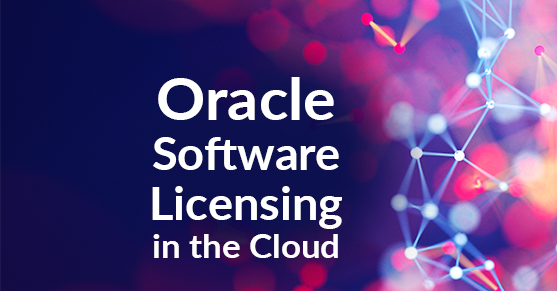It’s well known that Oracle has some of the most complicated licensing practices when dealing with virtual hosts/machines. Not only complicated, but also very expensive. I recently work on a project involving a database move to one of the popular cloud environments. I also had to price out the Oracle licenses for the project. I was expecting to find similar pricing practices being used in a cloud environment as seen in a VM environment, although it’s not exactly the same it’s very similiar and is most likely a better option then setting up your own VM environment and licensing the entire stack of servers composing the VM cluster of your choice.
The below information is for licensing Oracle Database Software for an Authorized Cloud Environment. As of writing this, those authorized environments are Amazon Web Services (AWS), Amazon Elastic Compute Cloud (EC2), Amazon Simple Storage Service (S3), and Microsoft Windows Azure Platform.
For Oracle Database Enterprise Edition there is a 1:1 pricing policy for virtual cores to physical cores. So if you have an environment in one of those Authorized Cloud Environments with 4 virtual cores composed of Intel multicore chips you would need (4 * 0.5)= 2 physical CPU licenses of Oracle Database Enterprise Edition.
For Oracle Database Standard Edition or Standard Edition One the pricing is different. For the Standard Editions there is a 4:1 ratio pricing policy that is rounded up to the nearest 4 virtual core count. Meaning if you have between 1 to 4 virtual cores assigned to a server you will need 1 Oracle Standard Edition license. If you have a server with 5 to 8 virtual cores you would need two Standard Edition licenses. Also there is an additional limitation with Oracle Standard Edition in regards to the maximum number of virtual cores that can be assigned to the server per edition.
Oracle Database Standard Edition can have a maximum of 16 virtual cores.
Oracle Standard Edition One can have a maximum of 8 virtual cores.
So while not exactly the same it’s very similar to the core count for Enterprise Edition for physical and virtual servers in your own environment, and the Standard Edition is a bit different with the CPU ranges. I still think that this may be a very good alternative to companies trying to virtualize their environments without the ability to pay the high costs of virtualizing an either VM cluster.
As an Oracle reseller XTIVIA understands the ins and outs of the Oracle licensesing process and can help you make the most cost effective decisions. As an added benefit, we know how to install, manage, troubleshoot and performance tune the software and can continue to help you as you use your software. If you have any questions please don’t hesitate to contact us here https://www.xtivia.com/database-management/software-licensing/oracle.

